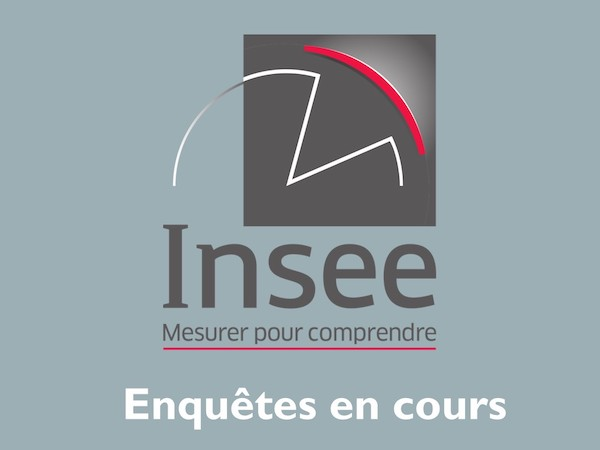We will have in June the results of the Capuni survey : the 2019 national survey on the uses of digital by individuals. This survey was conducted among more than 7,000 individuals, with the support of the Brittany Region, the Digital Agency, the CGET and the Burgundy-Franche-Comté region.
In addition, three major surveys, initiated by official statistics, will provide insights into the digital transformation of work and cultural practices in 2019: they will usefully complement the observations of the Digital Barometer.
A 6th edition for the survey on the cultural practices of the French
This survey has become, over time, the main instrument for monitoring the behavior of the French in the field of culture and media. To date, this survey has been conducted in five editions: 1973, 1981, 1988, 1997 and 2008. The survey covers the different forms of participation in cultural life (reading books, listening to music, attending cultural facilities and events, amateur practices), while giving a large place to the use of traditional media (television, radio, press) and, since the 2008 edition, to digital equipment and practices.
The questionnaire for this sixth edition has been thoroughly revised to take into account the creation of new uses and new forms of access linked to the digital revolution. The survey will focus "as much on updating an often partial knowledge of the characteristics of the audiences of cultural venues (concert halls, museums, libraries, etc.) as on describing the development of a significant cultural offer on the Internet. Are these two forms of experience complementary, reinforcing each other to enrich the attendance of works? Or do they oppose each other at the expense of the other?
The system consists of a survey of a representative sample of the French population aged 15 years and over. The survey is conducted face-to-face in the respondent's home. For this sixth edition, the methodology has changed: the quota method has been replaced by the probabilistic method, which aims to optimize the statistical quality of the sample (minimum 10,000 people).
The fieldwork for this survey will last until the end of December 2018 with over 200 interviewers and initial results available in the first half of 2019.
A new "working conditions" survey to capture the digital transformation of work
Insee, in partnership with the Direction de l'animation de la recherche, des études et des statistiques (DARES) of the Ministry of Labor is conducting a major statistical survey on working conditions among people residing in France from October 1ᵉʳ to May 31, 2019. The Working Conditions survey is the only survey on working conditions of this magnitude and covering all employed persons. The broad scope of the survey and the size of its sample allow detailed analyses by socio-professional category and sector of activity. The survey is now conducted as a panel every three years, alternating between a "working conditions" focus (2013 and 2019) and a "psychosocial risks" focus (CT-RPS, the first edition of which took place in 2015-2016). The 2018-2019 survey is conducted on a sample of approximately 34,500 homes." Since the last national survey on working conditions conducted in 2016, the digital equipment used at work has continued to diversify : tablets, embedded terminals, remote connection, telecommuting, etc. The questions on computer and digital tools present in the 2013 edition have been reintroduced and reinforced.The 2018-2019 Working Conditions survey will also make it possible for the first time to precisely quantify the practice of telecommuting (profile of telecommuters, frequency and locations of telecommuting, etc.)."The next edition of the annual iNSEE household survey on information and communication technologies
INSEE, for its part, will carry out in 2019, as it does every year, a household survey to measure household equipment, their uses and frequency of use, the use of administration and e-commerce services.This survey, coordinated by Eurostat, is part of the regulation n°808/2004 of 21 April 2004 concerning the implementation of the eEurope 2005 ICT Action Plan. Each Member State has to provide Eurostat with about 130 indicators. The questionnaire is developed by Eurostat, the statistical offices and DG Connect. The objective of the survey is to collect indicators describing household equipment and usage in the field of new technologies (computers, Internet, mobile telephony). As far as equipment is concerned, the aim is to measure computer equipment and Internet access. For the uses, it is a question of measuring the frequency, the places and the types of uses (on-line administration and electronic commerce).
Since 2015, the survey has included a battery of questions dedicated to individuals' digital skills. In 2019, the survey is conducted
- by telephone with a sample of over 4,000 households.
- by mail and by internet to a sample of nearly 23,000 households.





